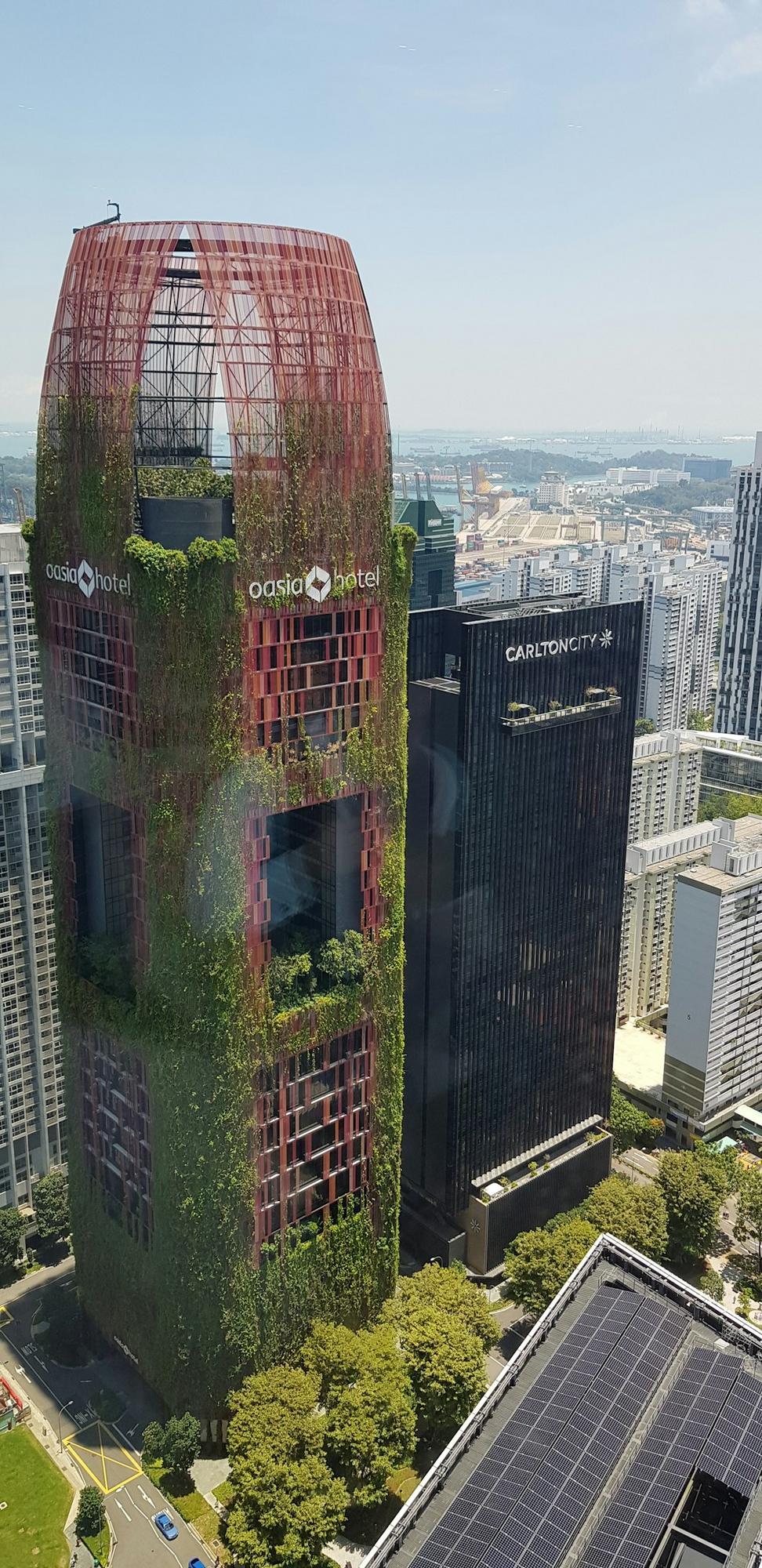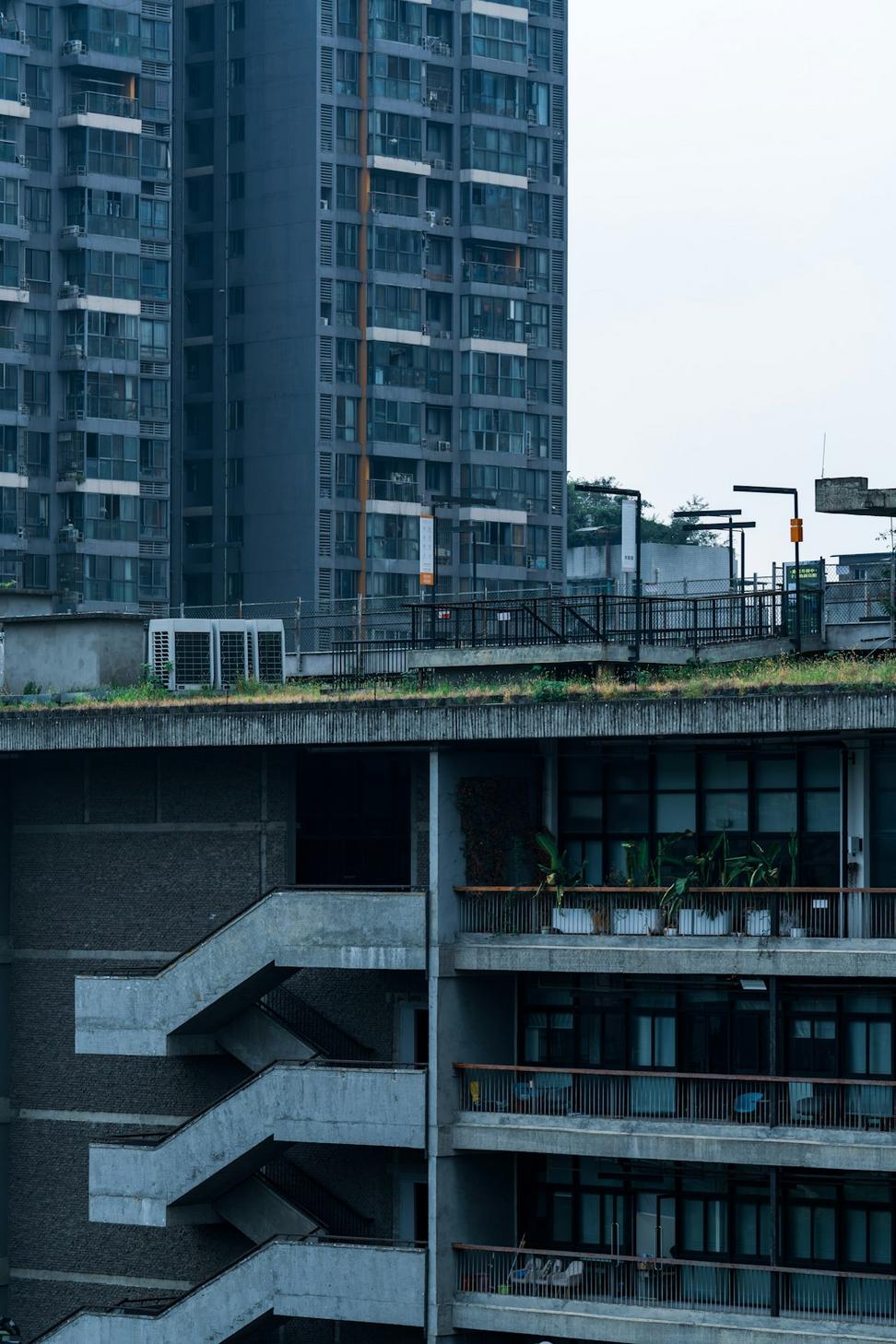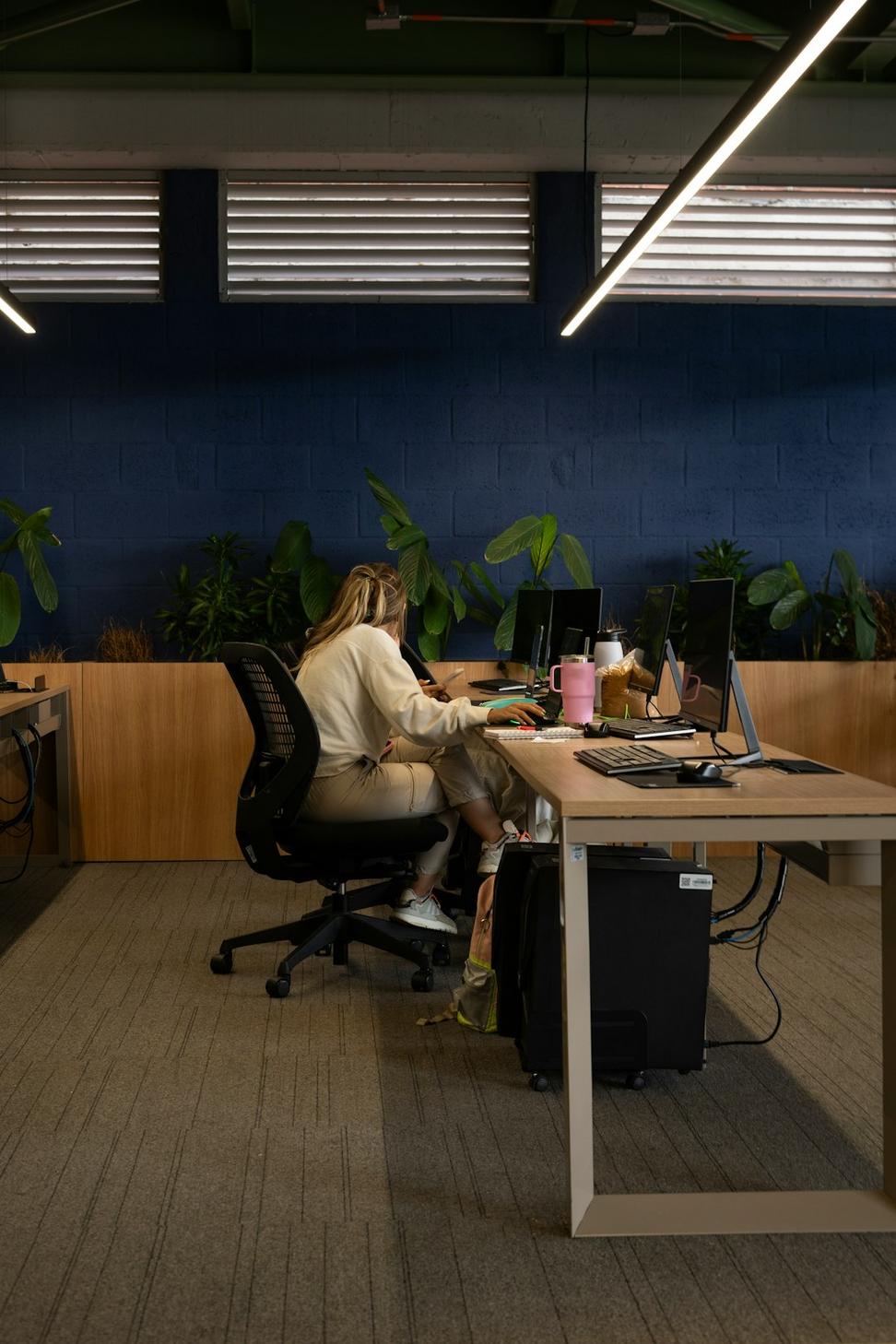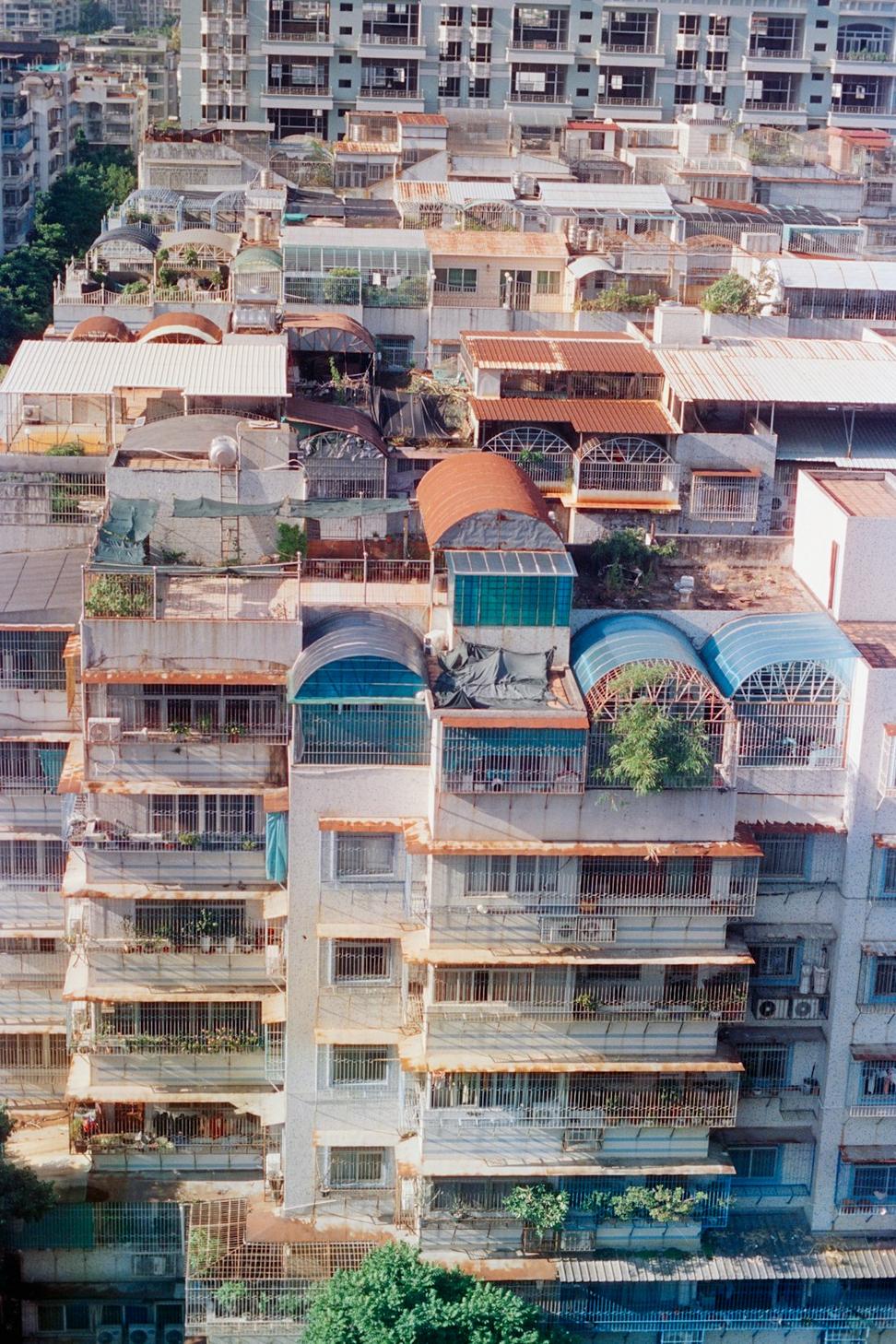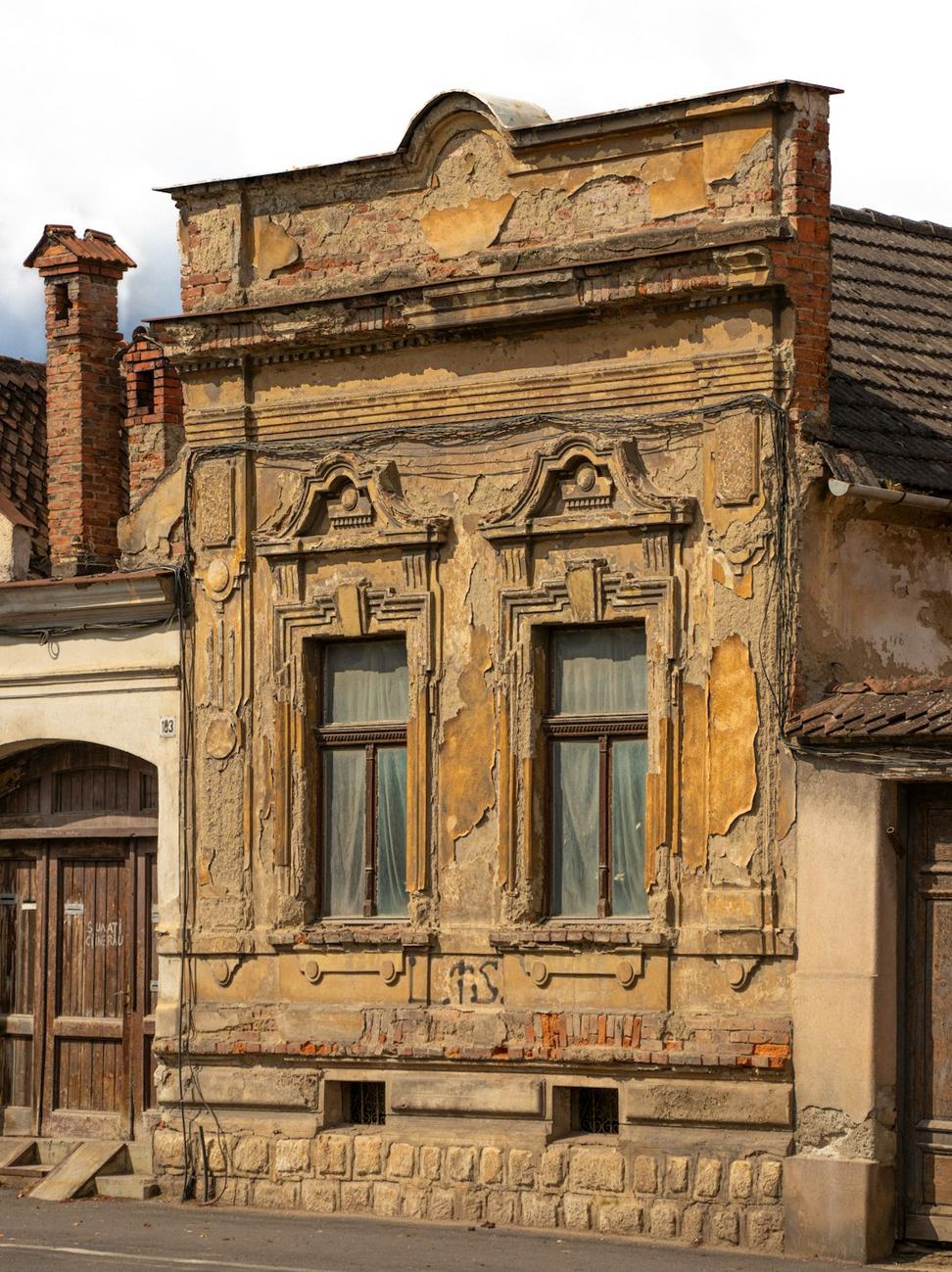Why This Matters to Us
Real talk - we've been at this since before "green building" became a trendy phrase everyone throws around. Started with simple stuff like optimizing window placement for natural light, moved into passive heating strategies, and now? We're deep into net-zero designs and circular economy principles.
Every project's a learning curve. We've made mistakes, figured out what works in Toronto's climate versus what just sounds good in theory. The city's been our testing ground, our classroom, and honestly, our biggest teacher.
The buildings we design today will be standing for the next 50, 100 years. That's not something we take lightly. Your great-grandkids might live in spaces we're sketching out right now - kinda mind-blowing when you think about it.
